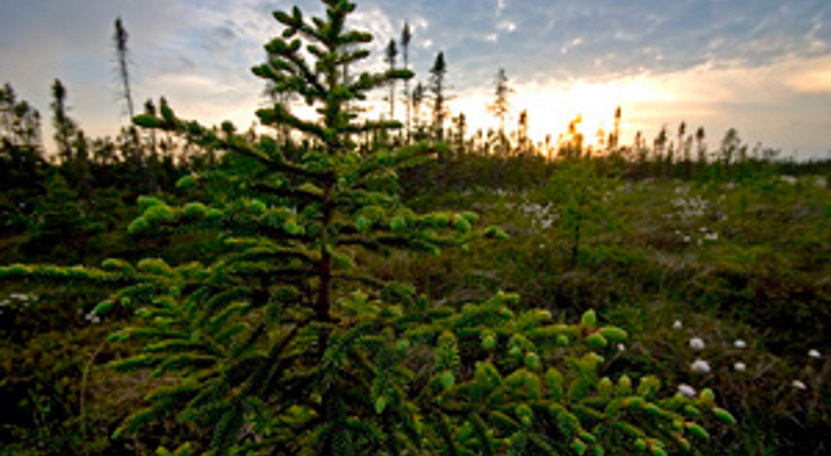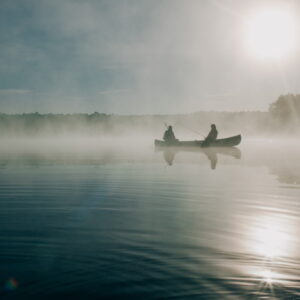November 13, 2019
Big Bog State Recreation Area has two parts: a northern unit and a southern unit. The peat bog is the largest peat bog in the lower 48 states, covering 500 square-miles, and is located in the northern unit. A mile-long boardwalk in the northern unit allows visitors to enjoy the unique plants and animals, including Yellow-eyed grass, bog rush, and two varieties of sundews, all on Minnesota’s endangered or threatened species list. A campground, sandy beach, picnic grounds, and great fishing can all be found in the southern unit.
Wildlife
This largely wilderness area is home to moose, white-tailed deer, black bear, gray wolves, foxes, bobcats, and other mammals. It also provides habitat for more than 300 species of birds.
History
Big Bog was established as the result of a grassroots effort to create a sustainable tourist attraction in Waskish in the 1990s. Despite the tremendous northern pike and crappie fishing that remained on Upper Red Lake, many private resorts in Waskish Township closed due to decreased tourism.
Landscape
The plant communities that exist within the boundary of Big Bog State Recreation Area include open sphagnum bog, fen, boreal conifers, boreal hardwoods, conifer swamp forest and hardwood swamp forest.
Start planning your next Minnesota Northwoods vacation to explore Big Bog State Recreation Area.
Category: Northwoods Blog
Tags: chippewa national forest, family, first, hiking, kid-friendly activities, minnesota northwoods, Minnesota outdoors, nature

Related News
November 20, 2019
The Minnesota Northwoods offers a variety of dining that will suit your needs. Bemidji, Blackduck, and Cass Lake each have unique dining experiences perfect for the whole family. Minnesota Nice Cafe – Bemidji Quality ingredients and traditional methods are used to produce exceptional home cooked meals, just like Grandma used to make! Their menu includes…
November 6, 2019
It may be small, but Three Island Lake is an undiscovered angler’s paradise. The sixth lake on the Turtle River chain, it is two miles long and half a mile wide. This means it can be fished even when wind keeps boats off larger lakes. It has an average depth of 6 feet, a maximum…



